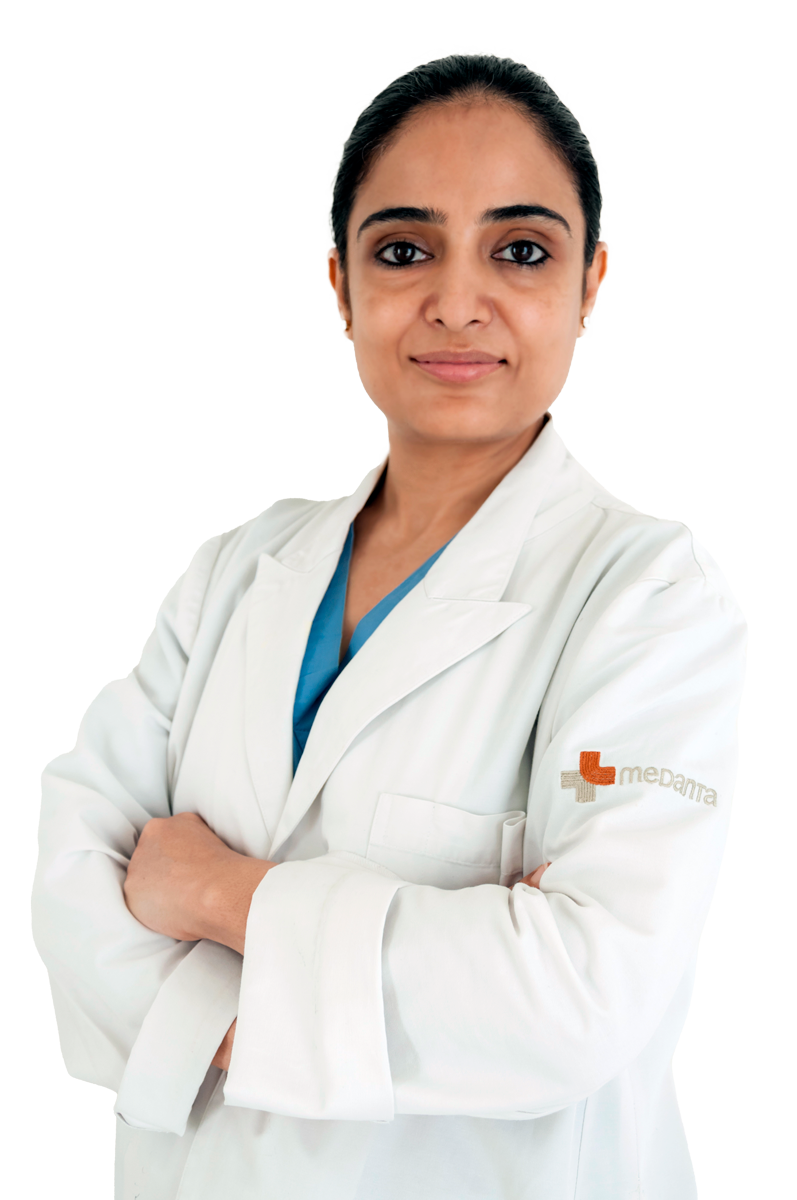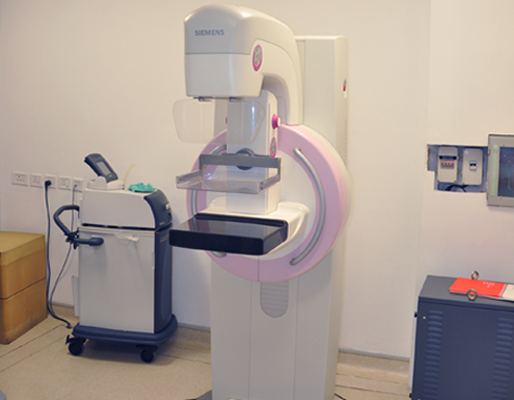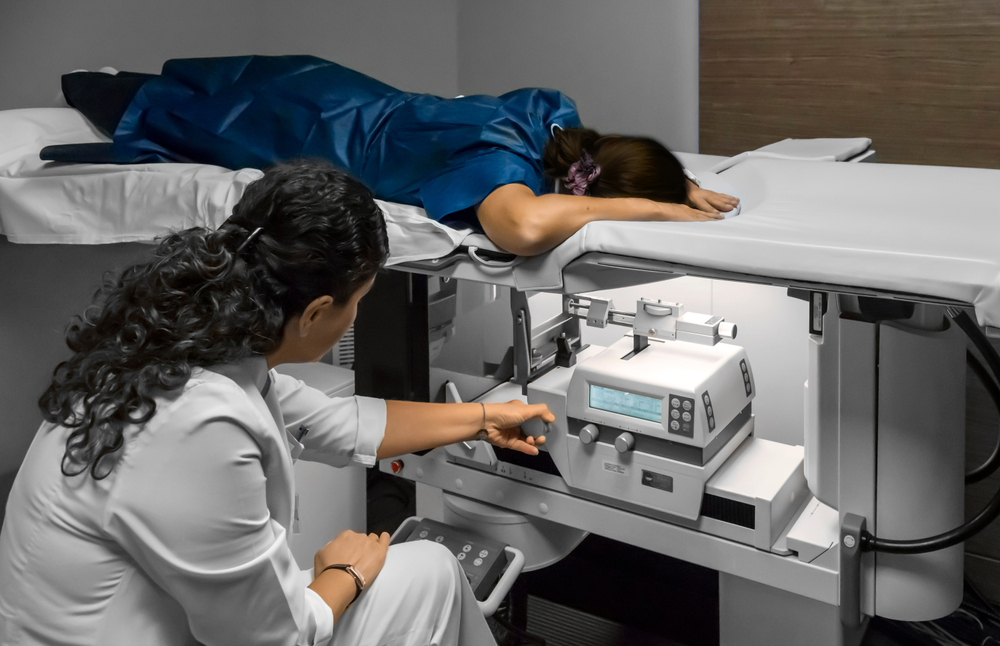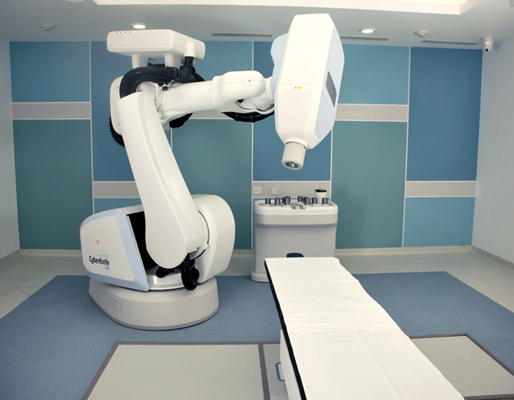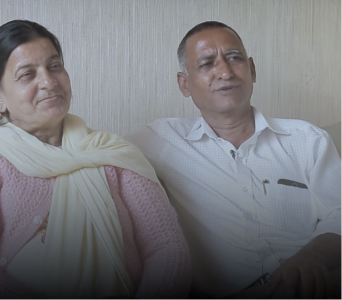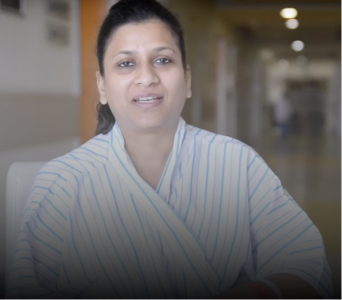Breast Cancer
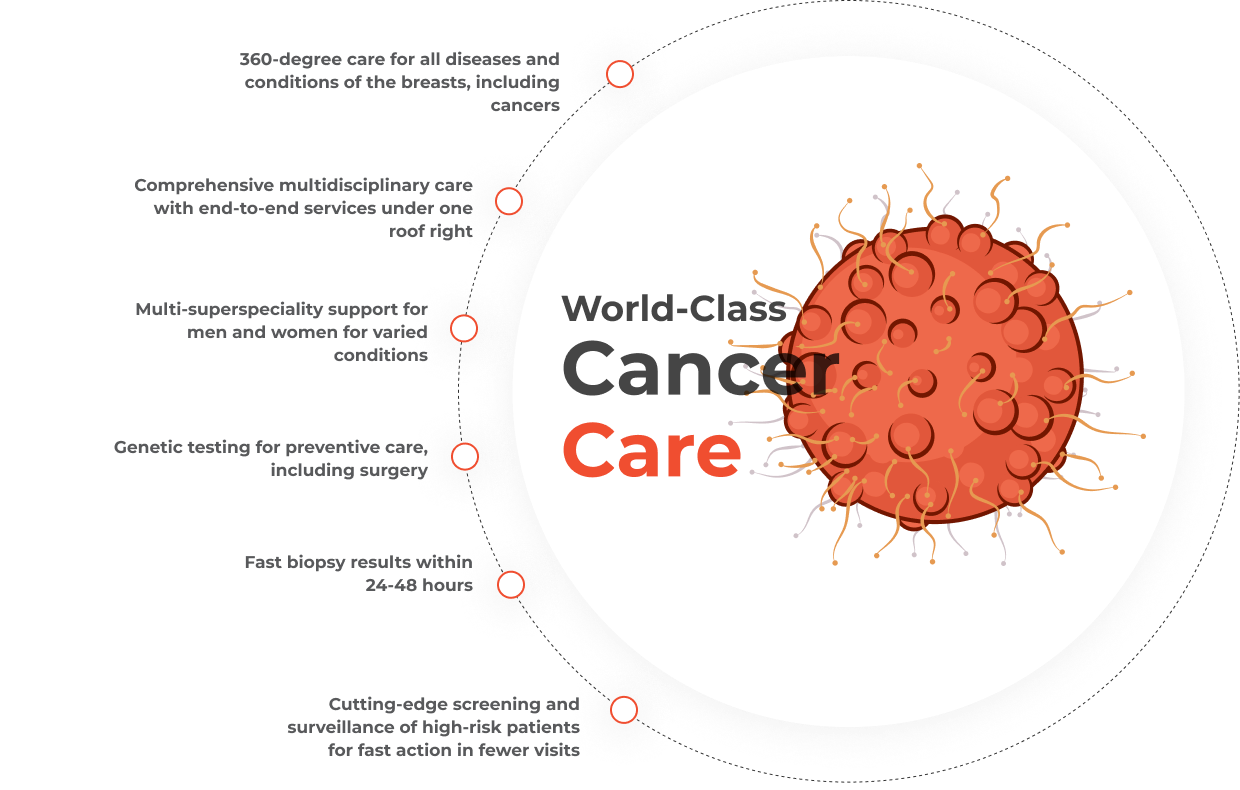

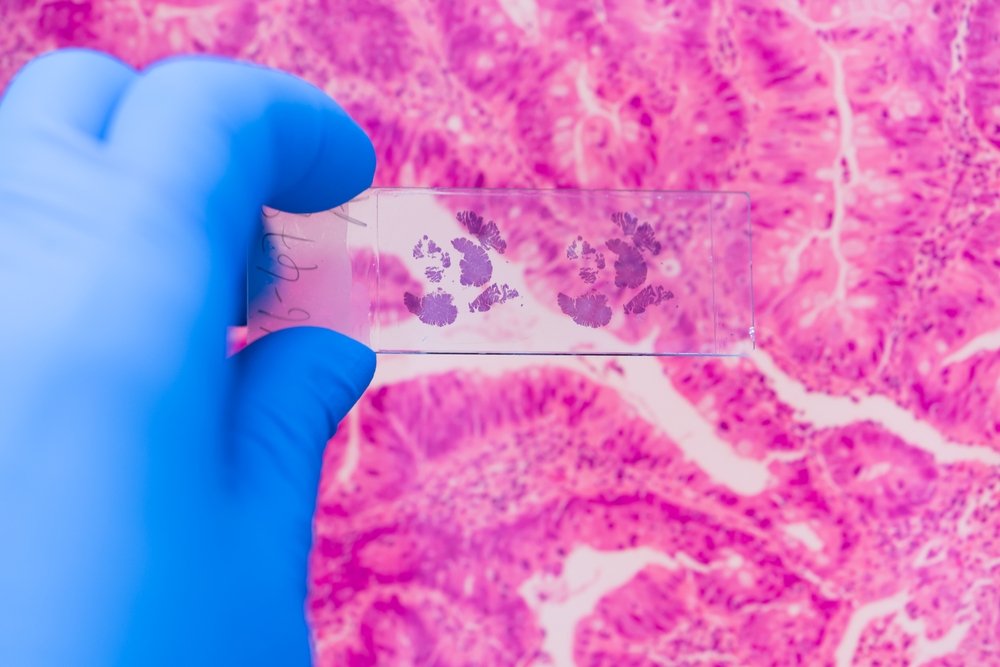
Breast cancer is a cancer that forms in the glandular tissue of the breast. It develops in the lining cells epithelium of the tubes (85%) or lobules (15%). The malignant development is initially contained inside the duct or lobule ("in situ"), where it often exhibits no signs or symptoms and has a low chance of spreading (metastasis).

Gynecomastia is the benign enlargement of male breast tissue. It is a common condition affecting up to 65% of men aged 50 to 69 years old and 4% to 69% of adolescent boys with the highest prevalence occurring in boys aged 14 to 15 years old.
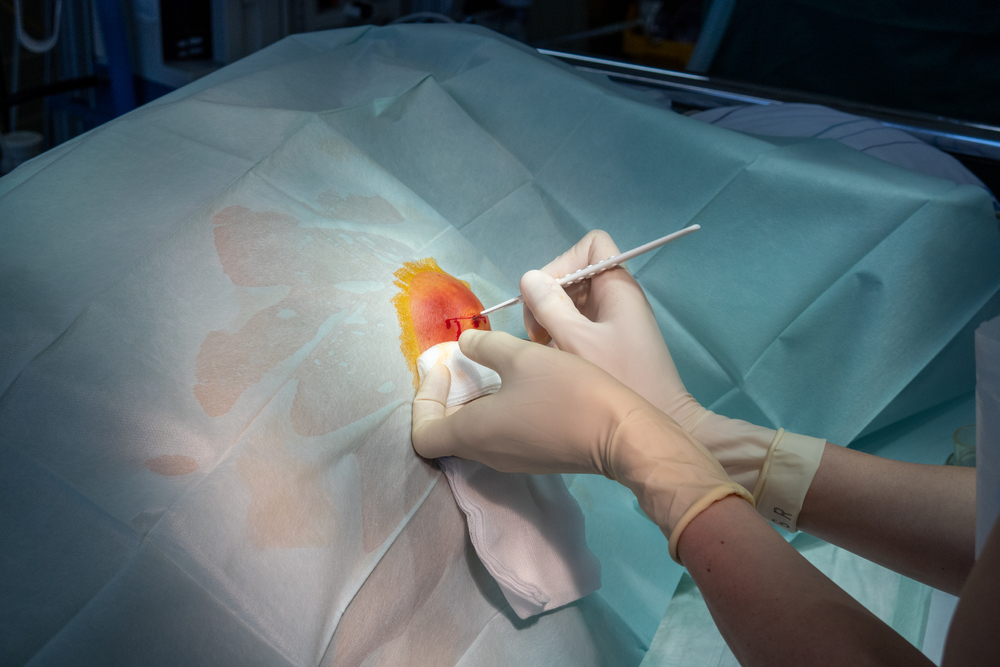
A breast abscess is a localized collection of pus within the breast tissue. It typically occurs due to a bacterial infection, most commonly caused by Staphylococcus aureus. The breast abscess can develop in any part of the breast, but it often forms near the areola or nipple. Incidence and prevalence of breast abscesses can vary depending on various factors, including geographical location, population demographics, access to healthcare, and underlying risk factors.

Some women experience pain or pain in the breasts because of the hormonal changes throughout the menstrual cycle. Although breast pain is uncommon, it is not unheard of.
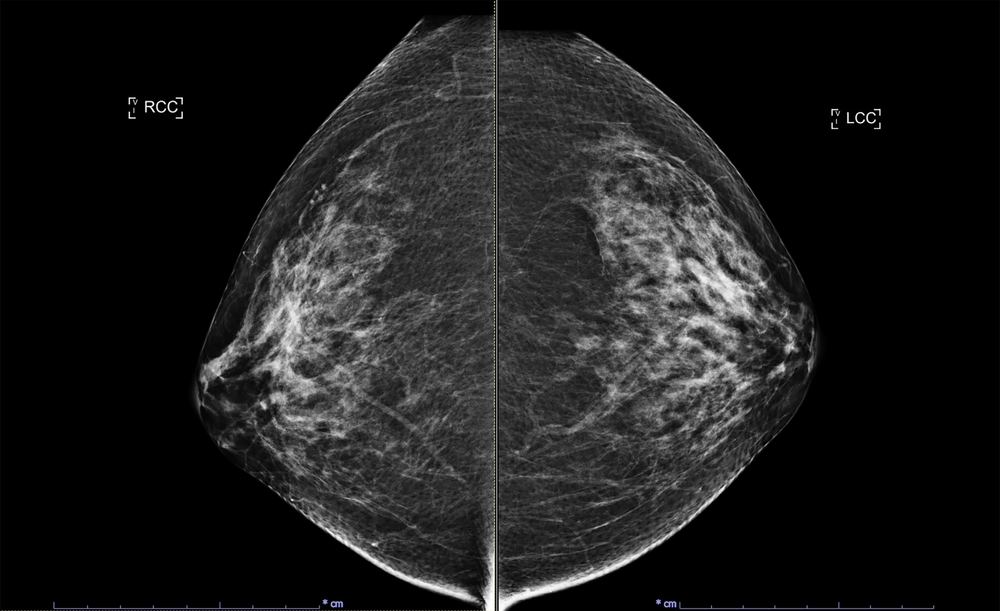
Breast cancer is a cancer that forms in the glandular tissue of the breast. It develops in the lining cells epithelium of the tubes (85%) or lobules (15%). The malignant development is initially contained inside the duct or lobule ("in situ"), where it often exhibits no signs or symptoms and has a low chance of spreading (metastasis).

Gynecomastia is the benign enlargement of male breast tissue. It is a common condition affecting up to 65% of men aged 50 to 69 years old and 4% to 69% of adolescent boys with the highest prevalence occurring in boys aged 14 to 15 years old.
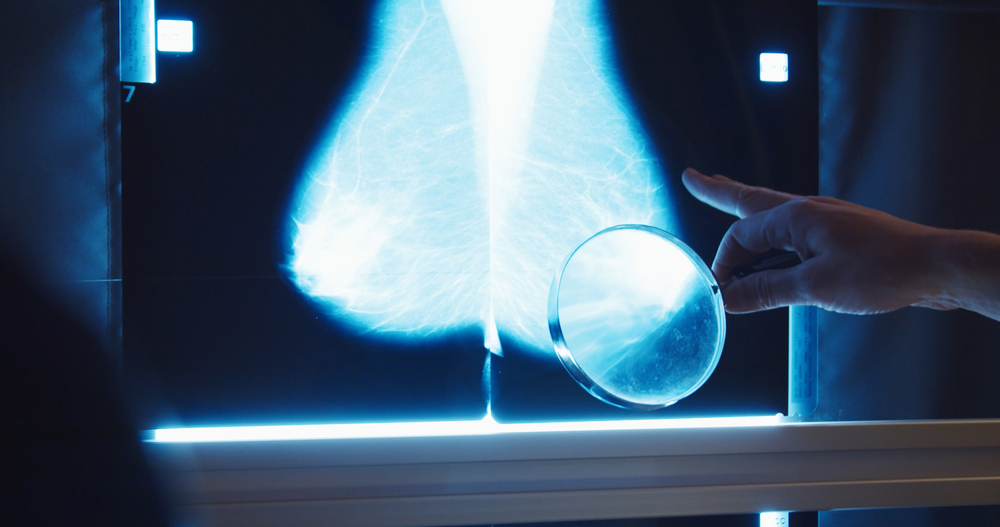
A breast abscess is a localized collection of pus within the breast tissue. It typically occurs due to a bacterial infection, most commonly caused by Staphylococcus aureus. The breast abscess can develop in any part of the breast, but it often forms near the areola or nipple. Incidence and prevalence of breast abscesses can vary depending on various factors, including geographical location, population demographics, access to healthcare, and underlying risk factors.
Our superspecialist doctors provide the highest quality of care through a team-based, doctor-led model. Trained at some of the world's most renowned institutions, our highly experienced doctors are distinguished experts in their respective specialities. Our doctors work full-time and exclusively across Medanta hospitals. In addition to offering superspecialised care in their own field, the Medanta organisational structure enables every doctor to help create a culture of collaboration and multispecialty care integration.
Our superspecialist doctors provide the highest quality of care through a team-based, doctor-led model. Trained at some of the world's most renowned i..... Continue Reading


